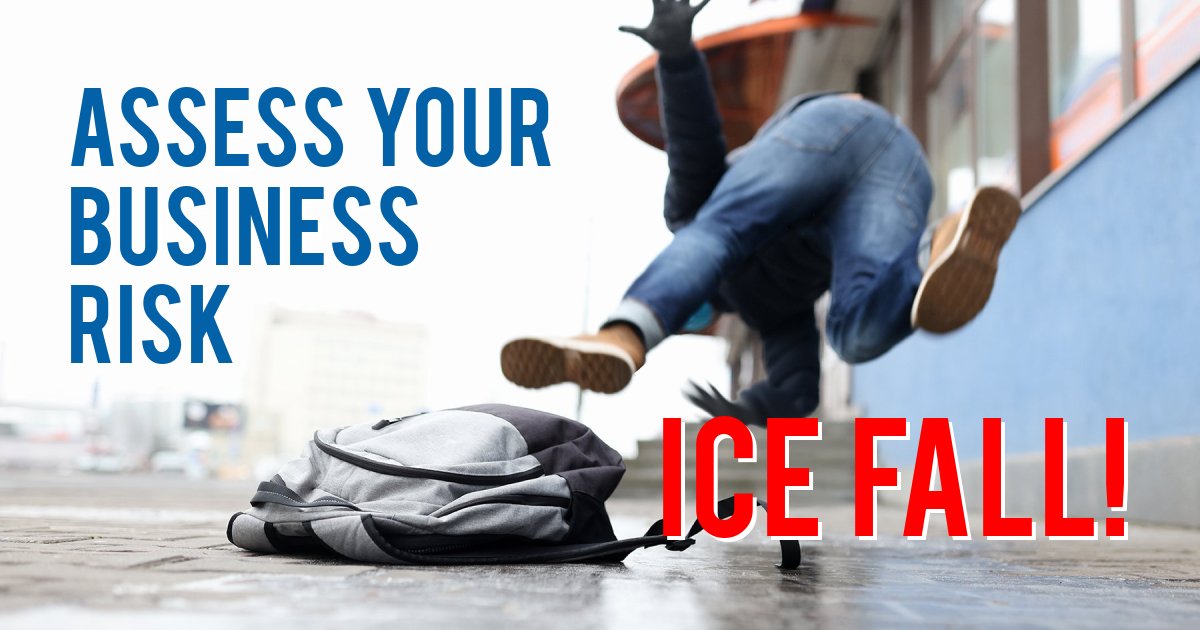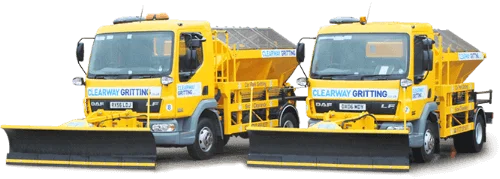As winter approaches, businesses must prepare for the unique challenges that come with colder weather. One key aspect of this preparation is ensuring that your property is safe and accessible during icy conditions. Winter gritting is an essential service that helps to reduce the risks posed by snow and ice, but it’s crucial that businesses go one step further and conduct a comprehensive risk assessment.
This article will explain why a winter gritting risk assessment is important for businesses, and how it can help to protect employees, customers, and the overall operation of your organisation.
Winter Gritting Risk Assessment – Ensuring Health and Safety Compliance
The Health and Safety at Work Act 1974 requires businesses to maintain a safe environment for anyone who might be affected by their operations, including employees, customers, and visitors. This responsibility extends to external areas such as car parks, pavements, and access routes. During winter, icy conditions pose a significant hazard, and failing to address these risks could leave your business exposed to legal claims or penalties.
A winter gritting risk assessment allows businesses to identify high-risk areas where ice is likely to accumulate, and to implement a plan to mitigate these risks. By ensuring that all necessary areas are gritted in a timely manner, businesses can demonstrate that they have taken reasonable steps to prevent slips and falls, which helps maintain compliance with health and safety regulations.
Read more about slips and trips.
Protecting Your Workforce and Customers
Employee and customer safety should be a top priority for any business. Slips, trips, and falls on ice are among the most common causes of injury during the winter months. Not only do these incidents lead to personal harm, but they can also have wider consequences for your business.
In the case of employees, a serious fall could result in prolonged sick leave or even legal action. For customers or visitors, an accident on your premises could damage your business’s reputation and lead to costly compensation claims. A well-executed gritting risk assessment helps identify potential dangers and ensures that adequate precautions, such as gritting or snow clearance, are taken to minimise these risks.
Winter Weather Risk Assessment – Reducing Operational Disruptions
Winter weather conditions can cause significant disruptions to day-to-day operations if they are not managed effectively. For example, icy roads, car parks, and footpaths can prevent staff from safely accessing your premises, potentially leading to increased absenteeism and reduced productivity. If customers or delivery vehicles cannot safely navigate your property, this can also potentially lead to lost business or delays in receiving essential goods and services.
A proactive winter gritting risk assessment ensures that you have a strategy in place to keep your property accessible, even during harsh weather conditions. This forward planning helps reduce the likelihood of unplanned closures or delays, keeping your business running smoothly throughout the winter season.
Winter Gritting Risk Assessment – Minimising Legal and Financial Liabilities
Failure to adequately assess and mitigate winter weather risks can have serious legal and financial implications for businesses. If an accident occurs on your property due to ice or snow, your business could be held liable for damages. Compensation claims and legal fees can be expensive, and they can also lead to increased insurance premiums.
By conducting a winter gritting risk assessment, businesses can identify where hazards are likely to occur and take steps to address them before an incident happens. Implementing a robust winter gritting plan, supported by proper documentation, demonstrates that your business is committed to maintaining a safe environment, reducing the likelihood of legal action being taken against you.
Enhancing Your Reputation
In today’s competitive market, a business’s reputation is crucial to its success. Customers, employees, and stakeholders expect a professional organisation to take responsibility for their safety, particularly during challenging weather conditions. A business that fails to prepare adequately for winter weather can be seen as negligent or uncaring, damaging its reputation and trustworthiness.
On the other hand, businesses that proactively conduct a winter gritting risk assessment and take visible measures to maintain a safe environment are likely to earn the respect of employees, customers, and the wider community. This can help to build customer loyalty, improve staff morale, and enhance your business’s overall image.
Anand Clarke, Managing Director, said:
“Every winter we see how unprepared businesses can suffer both financially and reputationally when they overlook the risks that ice and snow bring. A risk assessment, supported by a structured gritting plan, provides reassurance that you are protecting your people, your property, and your ability to operate without disruption. It’s about planning ahead, not reacting too late.”
Winter Gritting Risk Assessment In Summary
Conducting a winter gritting risk assessment is not just about complying with health and safety requirements, it is a proactive measure that protects your business’s most valuable assets: its people, operations, and reputation. By assessing the risks posed by ice and snow, and implementing a plan to mitigate these dangers, businesses can ensure that they remain safe, accessible, and operational throughout the winter months.
Winter weather may be unpredictable, but with a comprehensive risk assessment and a clear gritting strategy in place, businesses can be well-prepared to face the challenges it brings.



